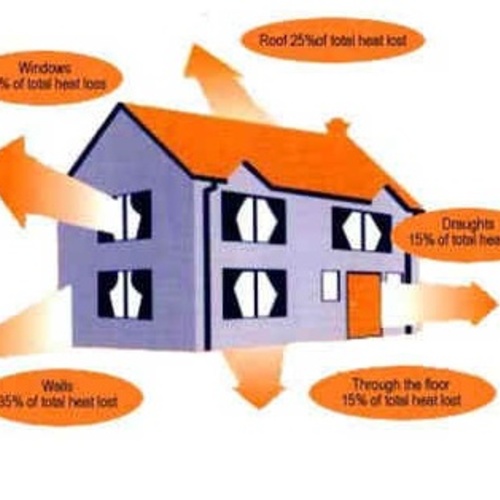
Image Credit: Department of Energy
Given some of the technical complexities of building science, helping consumers understand the cost-effectiveness – and larger economic and environmental benefits – of weatherization can sometimes be a difficult task. But the Department of Energy, convinced that consumers are far more likely to retrofit if they have access to reliable information, is determined to give it a try.
The DOE recently issued a Request for Information, or RFI, to help the agency develop what it calls the National Energy Rating Program for Homes. If the system, once developed, does what it’s supposed to do, consumers will have access to easily understandable information about their home’s performance, recommendations for improving it, and a general idea of what it would cost to do the retrofit.
The deadline for industry professionals to submit their comments is July 10, and the agency says it expects to have the program available in at least preliminary form by the end of September. The DOE adds, however, that there will be other “opportunities for stakeholder input” before the agency, in partnership with existing residential energy efficiency retrofit programs, unveils the new rating program.
Choosing ratings metrics
Once RFI comments are assimilated, it’ll be up to the program’s developers to figure out what metrics to use – the numbers that will describe the amount of energy a home is likely to consume, the likely utility costs, and/or the greenhouse gas emissions the home’s energy use will generate. They’ll also have to figure out how to present the information in a clear, consumer-friendly way.
In its summary of the program’s goals and guidelines (click here for the 25-page pdf), the DOE notes that it is leaning toward using source energy (as opposed to site energy) as its energy metric, because it would describe a home’s total energy use while also breaking down usage and cost for each fuel used. In addition, it would allow the homeowner to consider the pros and cons of other types of fuel.
Another key decision will focus on whether to use an asset rating, which describes the energy performance of the home under standardized operating criteria; an operational rating, which accounts for how the home performs when occupied by the people who live there; or some combination of the two.
As it strives to make all this compelling to consumers, the DOE has been crafting at-a-glance representations of the retrofit rating for each home – scorecards, basically – that, if adopted, not only might help the homeowner digest the energy usage data, but list recommended improvements, their likely cost, and, perhaps, how the home’s performance compares with that of similar homes in the area.
“Consumers,” the DOE notes, “are often motivated by how they compare to others.”
Weekly Newsletter
Get building science and energy efficiency advice, plus special offers, in your inbox.














0 Comments
Log in or create an account to post a comment.
Sign up Log in